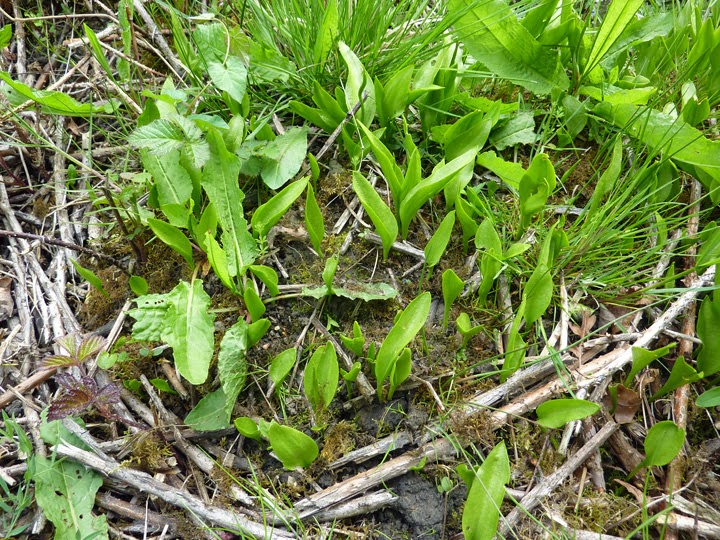A rant for modern times
Social media. Two little words that have become a way of life for millions. The opium of the masses. A vehicle that allows people to inflict their ordinariness on the rest of the world. Or to impose their superiority upon it. Useful information becomes lost and then drowned in a sea of rubbish. A world dominated by mediocre observations at best, by vacuous waffling in the middle and by poisonous ranting at worst. What has been unleashed is a stream of self-congratulatory drivel, fuelled by egos that demand to be seen, heard and responded to. We are no better than juggling clowns riding monocycles, hogging the spotlight and demanding applause, desperate for laughter and then hunting down comment in the aftermath. If our audience doesn't get it the first time then we will hit them over the head with it for a second, third and fourth time, beating them into submission until somebody - ANYBODY - responds. Doesn't matter that you've never met them and most probably never will,...










